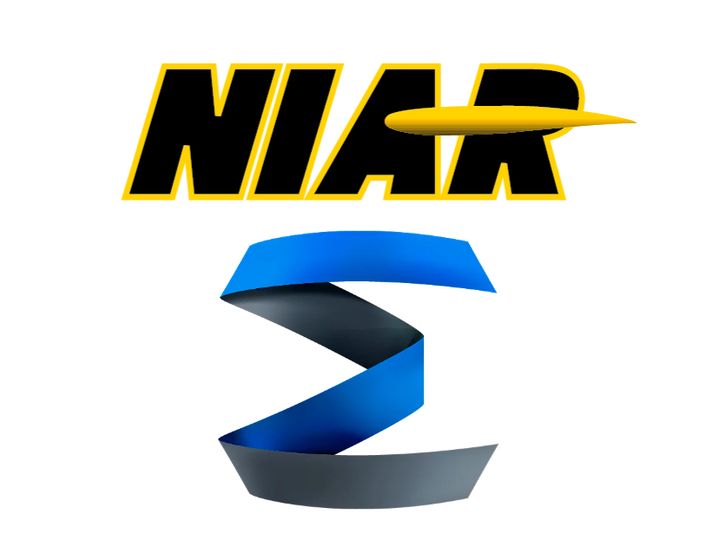
Essentium announced an arrangement to provide AM equipment and expertise for aerospace research.
The company produces the HSE line of high-speed extrusion 3D printers that are used by multiple industries, including aerospace partners.
However, use of AM in aerospace, as well as other industries, is still quite new. It took significant efforts by pioneers in several companies to break through the trust barriers that held back use of the technology for aircraft parts.
But now that AM is slowly becoming accepted as a standard approach in aerospace, the possibilities open for many more types of innovative aircraft parts. In theory, transforming parts to AM could provide significant savings and efficiencies, but this will require plenty of experimentation and iterative prototyping.
Essentium decided to give that work a boost by partnering with Wichita State University’s National Institute for Aviation Research (NIAR). This just happens to be the largest university aviation institution in the United States, just the spot where much innovation could occur.
The idea is for Essentium to assist researchers through a process to test innovative AM parts, which should eventually benefit the entire aerospace industry.
Specifically Essentium will provide NIAR with a HSE 3D printer as well as expertise. They explain:
“The Essentium HSE provides an open platform that offers aviation companies more choice in materials, giving them the flexibility to 3D print hundreds of aircraft parts in different colors and textures, in the same time it takes to assemble the components by traditional methods. Essentium engineers will use their experience and knowledge in materials science to tune the materials accordingly to process at speed while being strong enough to withstand impact loading and fatigue and protect electrostatic-sensitive devices.”
Of particular note is the phrase “open platform”. Unlike some 3D printing systems, Essentium allows use of any materials beyond those already certified for the platform. This capability could be leveraged by the NIAR researchers to explore ways new materials could be best used for aviation applications.
The Senior Director of Business Development at Essentium, Josh Lawson, said:
“By combining our 3D printing platform and materials with NIAR’s industry-specific knowledge and direct feedback from the KART members, we aim to create meaningful AM applications to help aviation companies rapidly produce parts on-demand, save money, reduce waste, and streamline the supply chain. Until now, the industry has been limited by the lack of choice in trusted industrial-scale AM solutions.”
There’s one more twist to this arrangement: it’s quite likely that successful innovative solutions developed at NIAR would tend to generate additional use of Essentium equipment, as participating companies would have already become familiar with the HSE systems and materials.
Good news for aviation and Essentium.
Via Essentium
